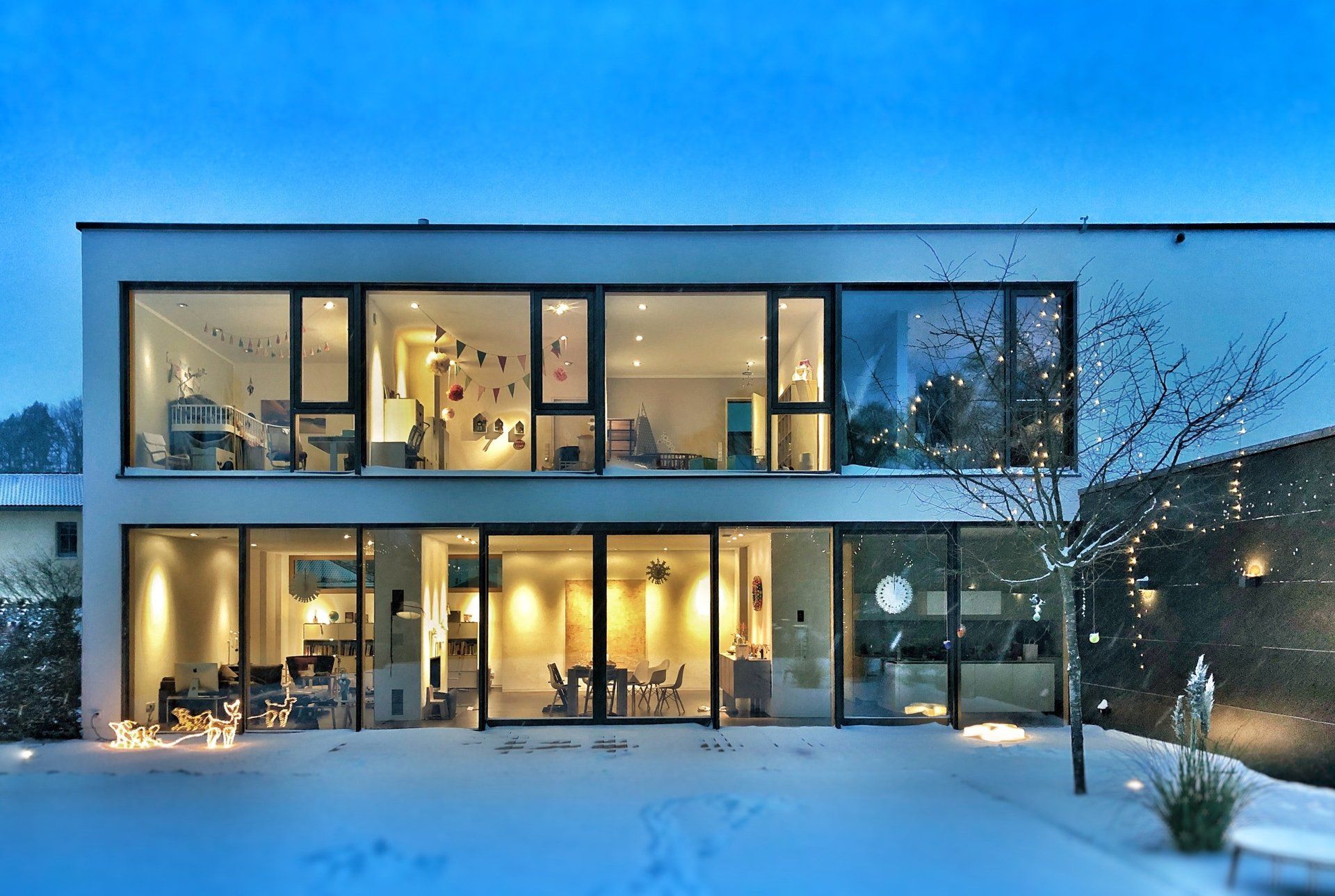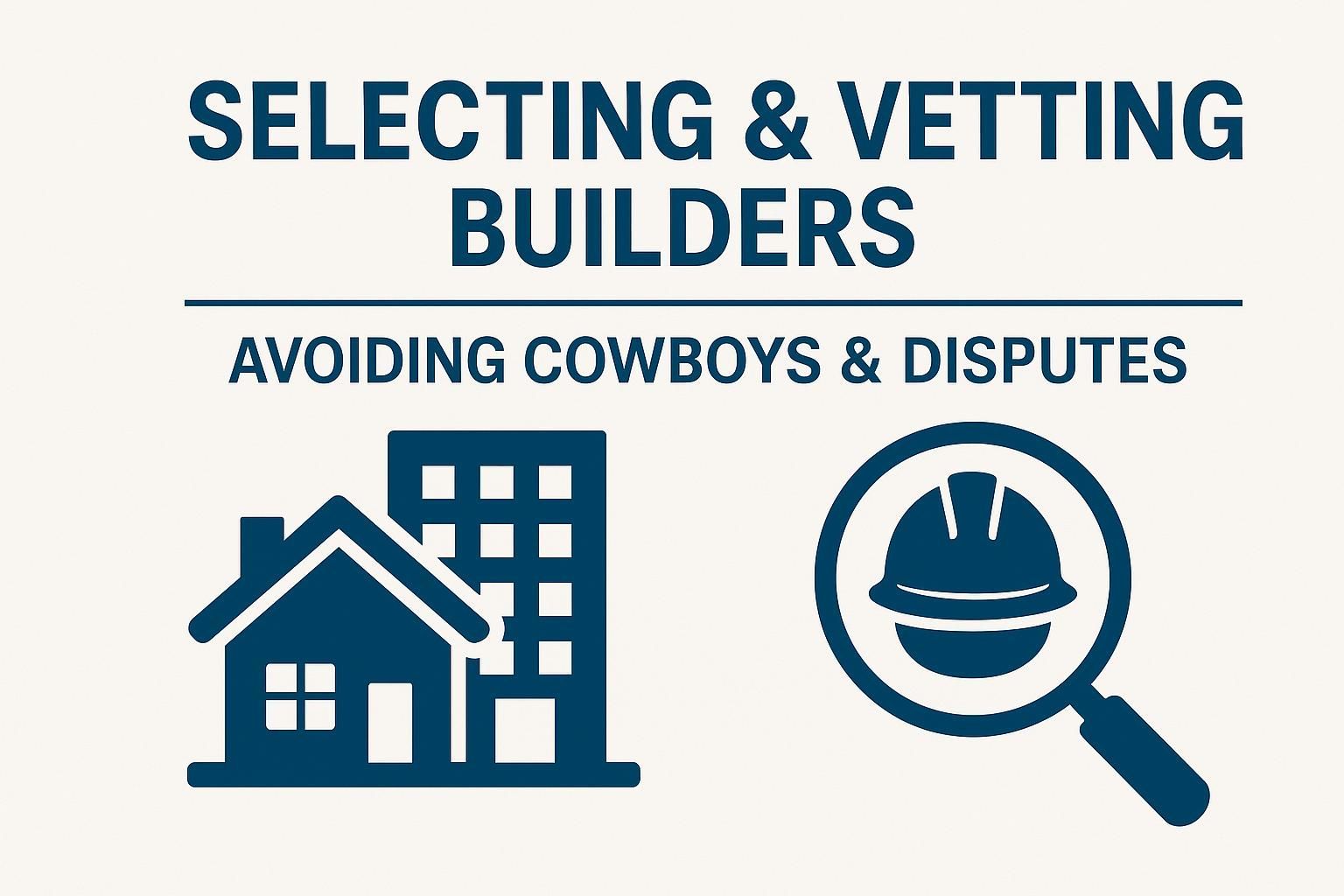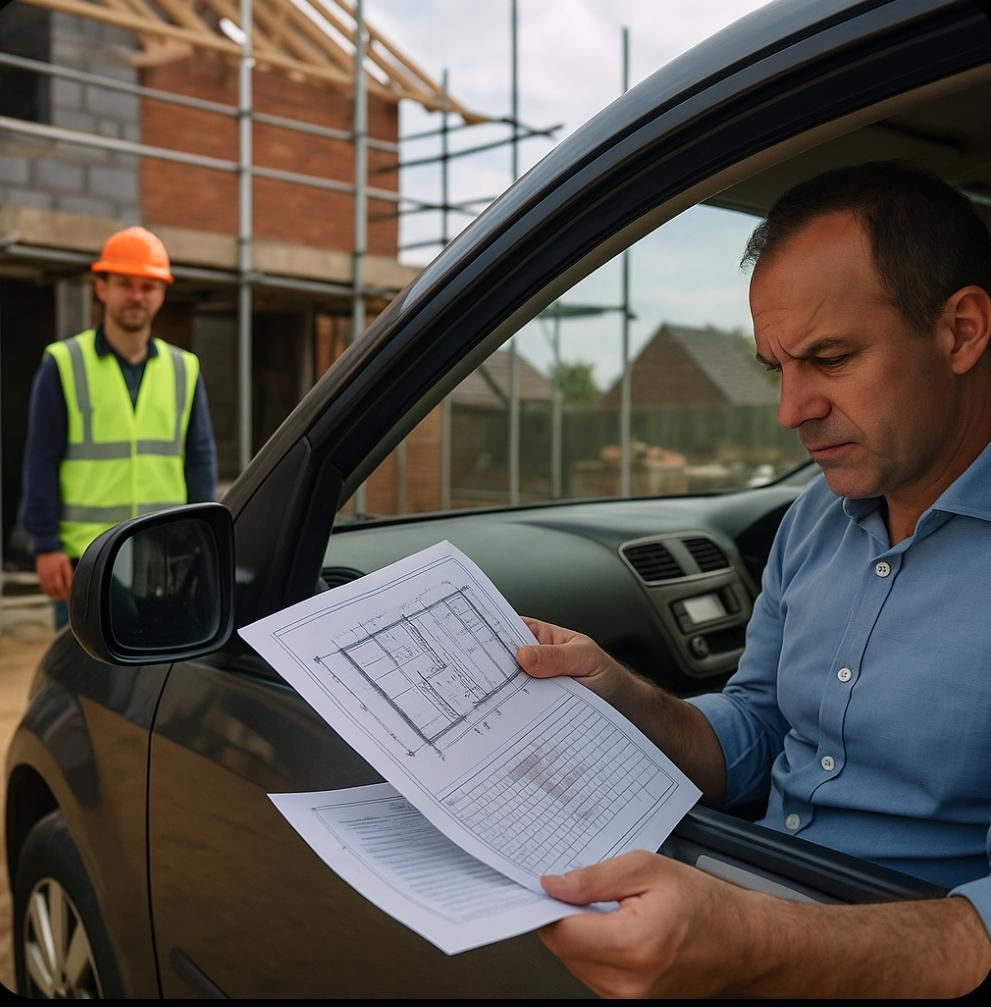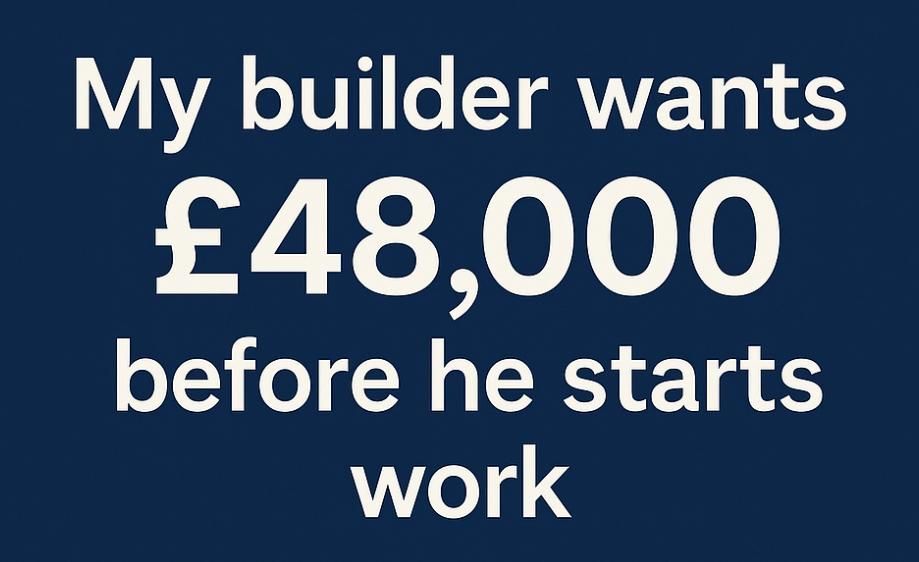You and your contractor - how not to get it wrong
Stress free building projects

Embarking on a home building project is an exciting endeavor, but it requires careful planning and a solid foundation to ensure success. Finding the right building contractor and establishing clear arrangements are key to avoiding disputes and potential pitfalls. At The Building Guidance Partnership (BGP), we specialize in creating carefully planned arrangements between homeowners, builders, and other team members. Our aim is to foster a good, effective, and efficient working relationship. In this article, we will provide advice on how to navigate the process.
Finding the Right Building Contractor
Selecting the right building contractor is crucial for a successful project. To avoid potential issues, it is essential to research and vet potential contractors thoroughly. As experts in this field, BGP can assist you in finding the ideal contractor for your project. Contact us for recommendations and references, ensuring that you make an informed decision based on a contractor's reputation, credentials, and expertise.
Clearly Defined Scope of Work
Establishing a clearly defined scope of work is vital to minimize misunderstandings. At BGP, we specialize in creating detailed plans and specifications that outline your project's requirements. Our experienced architects and designers work closely with you to ensure all aspects of the project are clearly defined. A thorough plan prepared prior to engaging a builder will mean that unexpected costs disputes and delays are avoided. It is not uncommon for building projects to be completed with the final financial outlay sometimes being 50% over the initial budget. A well structured scope and specification agreed before commencement can minimise these uncertainties.
Contracts and Legal Considerations
Formalizing the agreement between you and the building contractor is crucial for protecting both parties' interests. BGP specialises in drafting solid contracts that encompass all aspects of the project. Contact us to benefit from our legal expertise and ensure that your contract covers the necessary details, including payment terms, dispute resolution mechanisms, and any specific terms agreed upon.
Clear Defined Payment Plans
Knowing how much to pay and when during a building project is key to ensuring that the project is funded adequately and also ensuring that you are not overpaying. A structured progress based payment plan will give you peace of mind throughout. This is always included in our package of services.
Effective Communication and Regular Updates
Maintaining open and transparent communication throughout the project is essential. BGP understands the significance of effective communication and can assist you in establishing a streamlined communication process with your building contractor. Contact us to learn how to foster a healthy working relationship based on regular updates and clear channels of communication. We can assist with regular site visits and also a telephone advice line available to you throughout your project.
Managing Changes and Variations
Navigating changes and variations effectively is crucial to keep your project on track. BGP specialises in managing these situations by implementing written change orders and ensuring that all parties are in agreement. Contact us to learn how our expertise can help you handle changes and variations in a structured and organized manner.
Conclusion
When it comes to working with a building contractor, careful planning and professional guidance are paramount to avoid common pitfalls. The Building Guidance Partnership (BGP) is here to provide you with expert advice and assistance throughout your home building project. By reaching out to BGP, you can benefit from our expertise in creating carefully structured arrangements between homeowners, builders, and other team members. Contact us today to ensure a smooth and successful construction experience. Together, we can make your dream home a reality.



